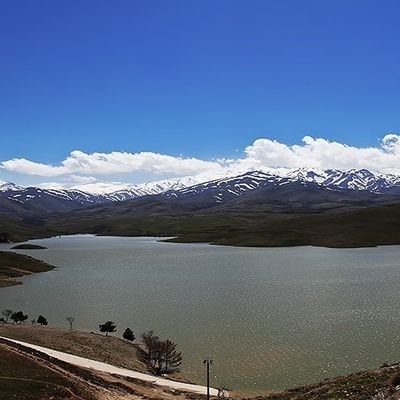SAEDNEWS: Hibernation is nature’s remarkable survival strategy, allowing certain animals to endure harsh conditions. Some species take it further, entering a dormant state that can last for years. But what drives such prolonged hibernation, and how do these creatures manage it?

Reporting from SAEDNEWS, many animals hibernate seasonally as a form of adaptation to survive cold winters and food scarcity. But some species, like certain amphibians, reptiles, and invertebrates, can hibernate for years, conserving energy while waiting for favorable conditions. This extended dormancy, though rare, is a fascinating example of nature’s ingenuity.

Hibernation is a state of inactivity and metabolic depression. Animals reduce their body temperature, slow their heart rate, and minimize energy use to survive periods of scarce resources.
For most hibernators, this period lasts months, but in extreme environments, prolonged hibernation becomes a necessity. Species capable of this remarkable feat are often those living in habitats with unpredictable climates or long-lasting adverse conditions.
Energy Conservation
Extended hibernation allows animals to survive in habitats where food and water are unavailable for extended periods. By reducing metabolic activity to minimal levels, they can sustain themselves on stored energy for years.
Environmental Triggers
Unpredictable environmental factors often dictate prolonged dormancy. For instance, desert amphibians hibernate in dried-up riverbeds, emerging only when rains return. Similarly, certain Arctic species hibernate through years of extreme cold or food scarcity.
Cellular Adaptations
Hibernating animals undergo physiological changes to prevent tissue damage. Reduced oxygen consumption and the buildup of protective proteins shield their cells, ensuring they remain functional despite prolonged inactivity.
Desert Amphibians
Spadefoot toads and other amphibians can hibernate underground for years during droughts. Encased in a cocoon-like structure made of shed skin, they conserve moisture and energy, waiting for the return of rain.
Arctic Ground Squirrels
Found in the frigid tundra, Arctic ground squirrels hibernate for up to nine months each year. In extreme cases, they extend dormancy during consecutive harsh winters, relying on fat reserves and an extraordinary ability to lower their body temperature to near freezing.
Certain Fish and Reptiles
Some species of fish and reptiles, like lungfish and turtles, enter prolonged hibernation when environmental conditions become uninhabitable. Lungfish, for example, survive in dried-out riverbeds by encasing themselves in mucus cocoons until water returns.
Unpredictable Climates
In regions with irregular rainfall or extreme cold, prolonged hibernation is an evolutionary response to survive environmental uncertainty. Animals wait for conditions to improve before resuming activity.
Energy Efficiency
Extended dormancy minimizes energy use, allowing animals to endure long periods without feeding. This is especially vital in environments where resources are scarce or absent for years.
Reproductive Survival
For some species, prolonged hibernation increases survival rates by aligning reproductive activity with favorable conditions. Emerging at the right time ensures offspring have the best chance of survival.
Energy Depletion Risks
Even with metabolic suppression, animals risk exhausting their energy stores if hibernation lasts too long.
Vulnerability to Predators
Dormant animals are often immobile and less able to defend themselves, making them easy targets for predators.
Environmental Changes
Rapid climate change or habitat destruction can disrupt the conditions animals rely on to emerge from hibernation, threatening their survival.
By effectively slowing their biological processes, these animals survive in some of the harshest environments, exemplifying Earth's resilience and resourcefulness. As researchers delve deeper into the mysteries of hibernation, these extraordinary creatures continue to captivate us and offer insights that could benefit humanity.

